This is my first review and hopefully not my last, for Phil and all at unsponsored, but my aim is to get straight to the point and make sure everybody knows what my reviews are about, in other words I dont intend to waffle on, I was taught KISS, Keep It Simple Stupid.
The Soca valley is the jewel of Slovenia, with its crystal clear waters and awesome scenery, you’ll be glad you made the trip. The Soca consists of all grades, even up to 6, which your given plenty of warning for on the river so as not to rush. The paddle its self is out of this world, the mountains, the clear water and lush vegitation make it one of the most outstanding rivers around, and when its nice and warm after a rain storm, you get a nice mist on the river which restricts your visability to about 10 ft, which can be scarey, but fun, as you can hear the rapids approaching but you cant see them.
As you see from the map, which has been in my car since July 2001 after we had been to the worlds so excuse the creases,the river is twisting and has a few little becks that are fun to do and are mainly 2-3.The map is free from camp sites and is as accurate as you could want, even for all the islands in the river. The boxs which are green and red are the get in/out points and these are easlly found from the roadside by the nice friendly signs that are situated all along the main road, which is not what you’ll get if you travel further south, roads that is. There are also red ! (I forgot what there called) these are the danger areas on the river.
The camp sites are plenty, we stayed at the main one in Bovec but theres loads all the length of the river, the locals are friendly and can speak English and its also very cheap for food but even cheaper for beer and cigs. I never met anyone else who was English out there as most of them are either German or Slovenian, but as I said there friendly.
If you really want to see the river before you go then try and get a copy of Simon Westgarths video,Genotype, which has a nice selection of all grades on the river.
Hope you have a nice trip- Bigjeff
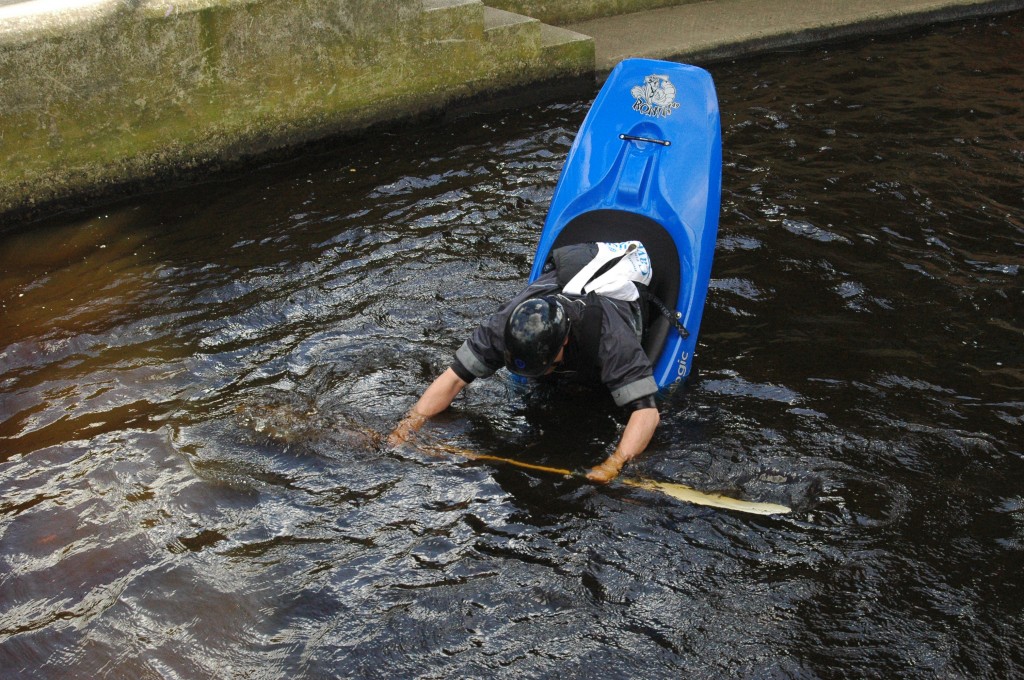
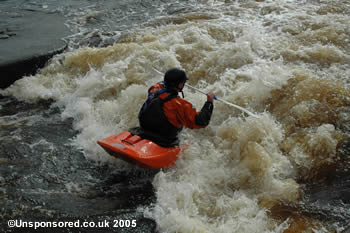

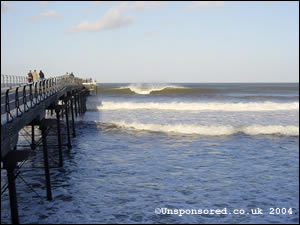




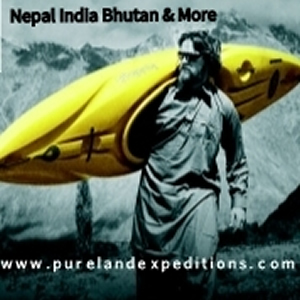
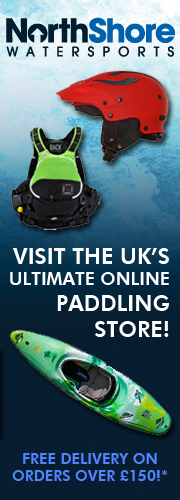
Recent Comments